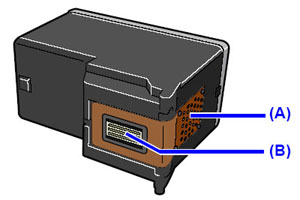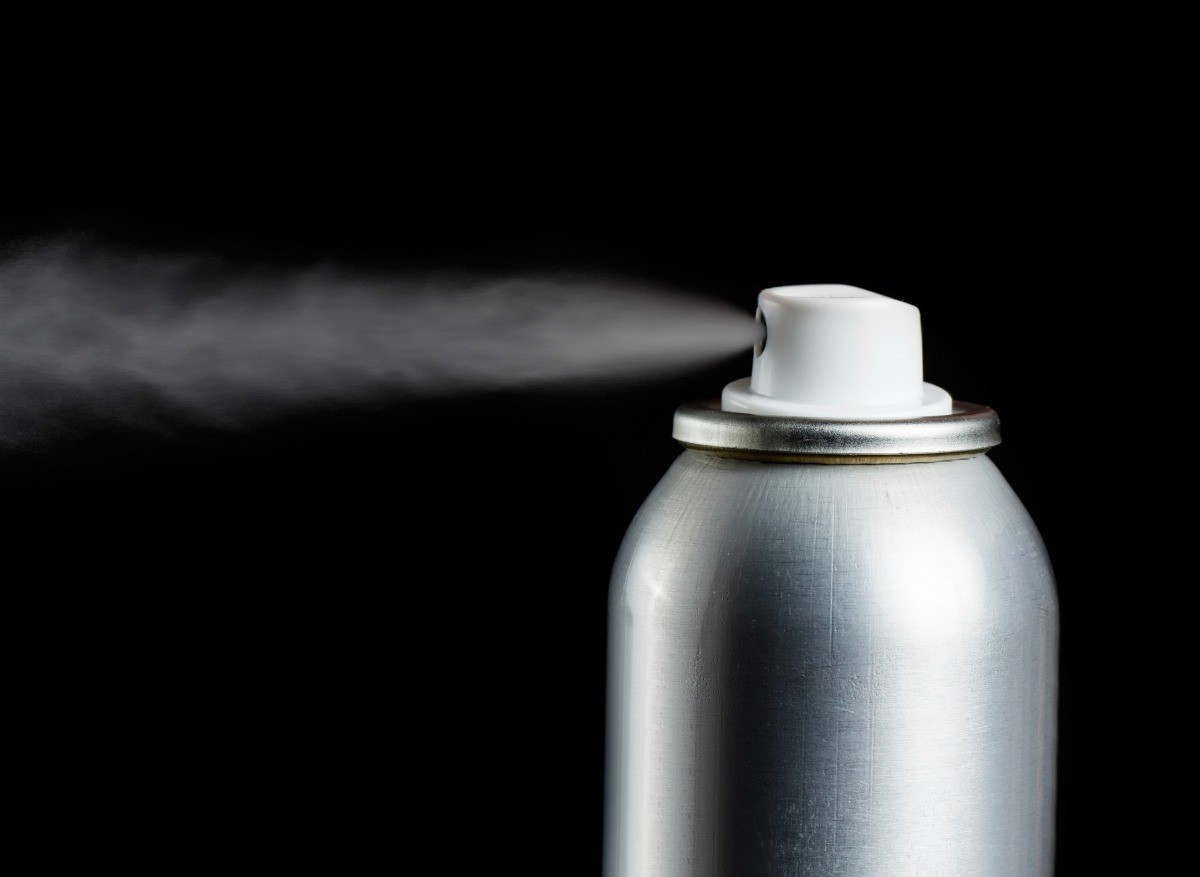What is a printhead?
With inkjet printers, the printhead takes ink from the ink tank and deposits it in droplets to create the image on the page. The printhead may be on the cartridge or be integrated in the printer. Printers with a black and color cartridge generally have a printhead in the on the cartridge itself, whereas printers with a cartridge for each color typically have the printhead incorporated in the printer. In most cases, integrated printheads are not easily replaceable and cost as much as the printer itself, so it is important to maintain its proper functioning.


Why run the printhead cleaning cycle?
The ink is composed primarily of water. Inside the cartridge, it is protected against evaporation, however the ink on the printhead is exposed to air and can evaporate, leaving a sticky residue. This is not a problem for the cartridges which sealed and cartridges which are frequently used, because the ink flow prevents the accumulation of this residue. Therefore, it is recommended to print at least one page with each color weekly. This prevents you from having to run the printhead cleaning cycle frequently and you will ultimately save ink by following this process.
If your printhead is severely or completely blocked, it may require more thorough cleaning. You will know your printhead is clogged if ink does not come out on the page despite the fact that the cartridge is not empty or that the print quality is very bad. After several cleanings, it is possible that the first page you print will be smudged with ink. This is due to excess ink that has accumulated in the printhead while the printer was trying to clear the blockage.
If the printer has not been used for a long time or if the ink is of low quality, a printhead cleaning may be inadequate and you should change the cartridge or replace the printer.
How to run the printhead cleaning cycle
Printhead cleaning using a printer with digital display
Open the printer menu. Scrolling through the menu until you will reach the “Maintenance” or “ink” option. With some printers featuring a touch screen, push the ink level indicator. You will then have access to the “Clean the printhead” or “Printhead cleaning” option. A message will appear on the screen asking you to wait while the printer performs the cleaning. Once this message disappears, print a few test pages to see if the quality has improved.
Printhead cleaning using a printer without digital display
Printhead cleaning on Windows machine
Open the Control Panel and go to “Printers and Devices”. Right-click the printer that needs cleaning, and choose “Properties”. In the window that opens, there will be a “Cleaning”, “Services” or “Maintenance” tab, depending on your model. In this tab, you can start the printhead cleaning cycle. A message will appear on the screen asking you to wait while the cleaning is being performed. Once this message disappears, print a few test pages to see if the quality has improved.
Printhead cleaning on a Mac
Go to “System Preferences” and select “Printers and Faxes”. Select the printer to be cleaned and open “Print File”. Then click on the service icon associated with the printer to open the settings. Select “Maintenance” and “Clean the Printheads or “Printhead cleaning””. A message will appear on the screen asking you to wait while the cleaning is being performed. Once this message disappears, print a few test pages to see if the quality has improved.
Cleaning printhead integrated cartridge
The above methods also apply to printers whose printheads are incorporated into the cartridges and printers whose heads are integrated into the printer (but replaceable). However, it is possible to do manual printhead cleaning for them. Just remove the cartridge from the printer and press the print head on a warm damp (lint-free) cloth to dissolve the residue. It is also possible to apply isopropyl alcohol on a cotton swab to tackle the more stubborn blockages (but this method should only be a last resort as the harsh chemicals may harm the delicate circuitry of the cartridge).













Réponse/Reply
Commentaires/Comments